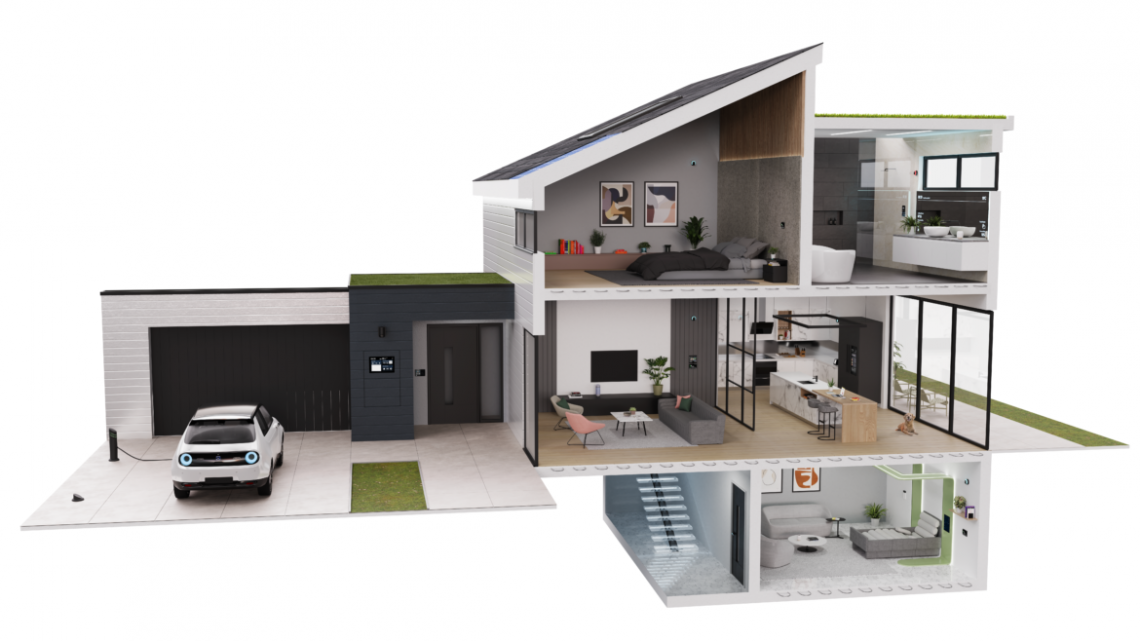
Revolutionizing Home Automation: The Power of IoT in Smart Homes
March 15, 2024In recent years, the Internet of Things (IoT) has emerged as a game-changer in various industries, and one of the most exciting applications is in the field of smart home automation. By seamlessly connecting devices and enabling them to communicate and interact with each other, IoT has revolutionized the way we live in our homes. In this article, we will explore how IoT is used in smart home automation and the numerous benefits it brings to homeowners.
- Enhanced Connectivity:
IoT technology enables the integration of various devices and systems within a smart home, creating a network of interconnected devices. From thermostats and lighting systems to security cameras and appliances, all these devices can be connected and controlled through a centralized hub or smartphone app. This enhanced connectivity allows homeowners to have complete control over their home environment, even when they are away. - Intelligent Energy Management:
One of the key advantages of IoT in smart home automation is its ability to optimize energy consumption. IoT-enabled devices can gather data on energy usage patterns and make intelligent decisions to reduce energy waste. For example, smart thermostats can learn the occupants’ preferences and adjust the temperature accordingly, resulting in significant energy savings. Similarly, smart lighting systems can automatically adjust brightness levels based on natural light availability, further reducing energy consumption. - Advanced Security:
IoT plays a crucial role in enhancing the security of smart homes. With IoT-enabled security systems, homeowners can remotely monitor their homes, receive real-time alerts, and even control access to their property. Smart locks, for instance, can be integrated with other security devices such as cameras and motion sensors, providing a comprehensive security solution. Additionally, IoT technology enables the seamless integration of fire and smoke detectors, ensuring the safety of occupants. - Personalized Home Experience:
IoT in smart home automation offers a personalized and tailored experience for homeowners. By analyzing data collected from various devices, IoT systems can learn individual preferences and adjust settings accordingly. For example, smart entertainment systems can recommend movies or music based on past preferences, while smart appliances can anticipate users’ needs and automate routine tasks. This level of personalization enhances convenience and comfort in everyday life. - Health and Wellness Monitoring:
IoT technology has also found its way into health and wellness monitoring within smart homes. From wearable devices that track vital signs to smart beds that monitor sleep patterns, IoT-enabled devices can provide valuable insights into an individual’s health and well-being. This data can be shared with healthcare professionals, enabling remote monitoring and timely interventions, especially for the elderly or individuals with chronic conditions.
Conclusion:
The integration of IoT in smart home automation has transformed the way we interact with our living spaces. From enhanced connectivity and energy management to advanced security and personalized experiences, IoT brings numerous benefits to homeowners. As technology continues to advance, we can expect even more innovative applications of IoT in smart homes, making our lives more convenient, efficient, and secure.